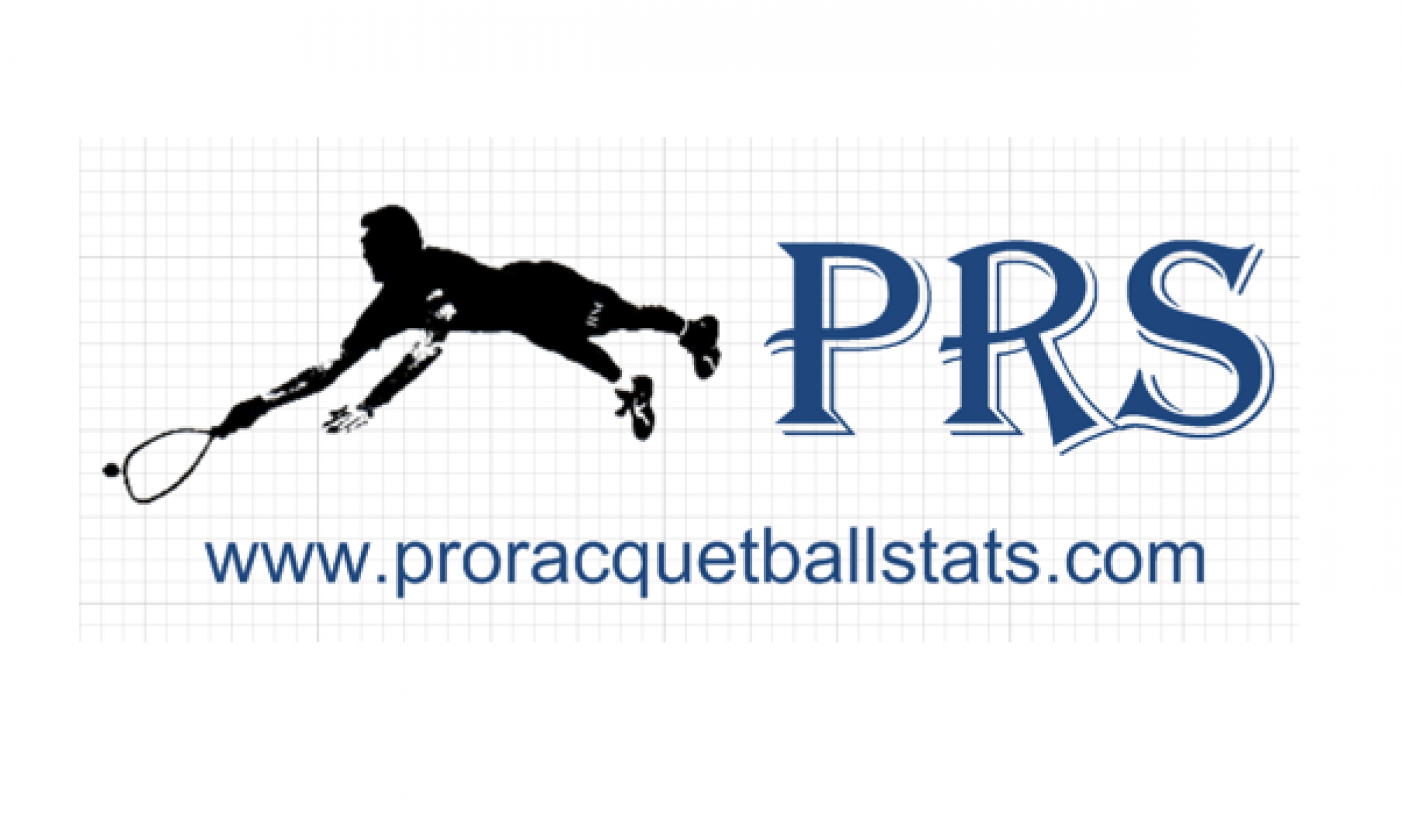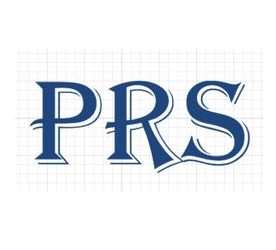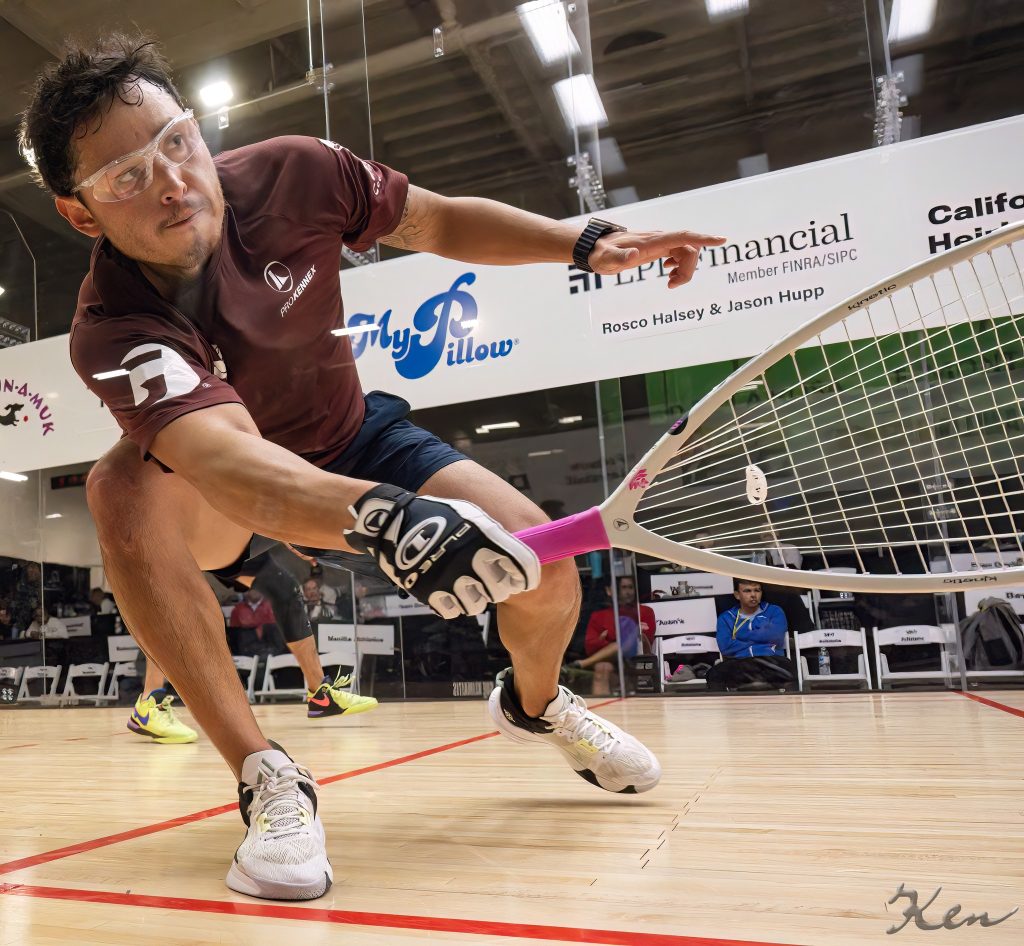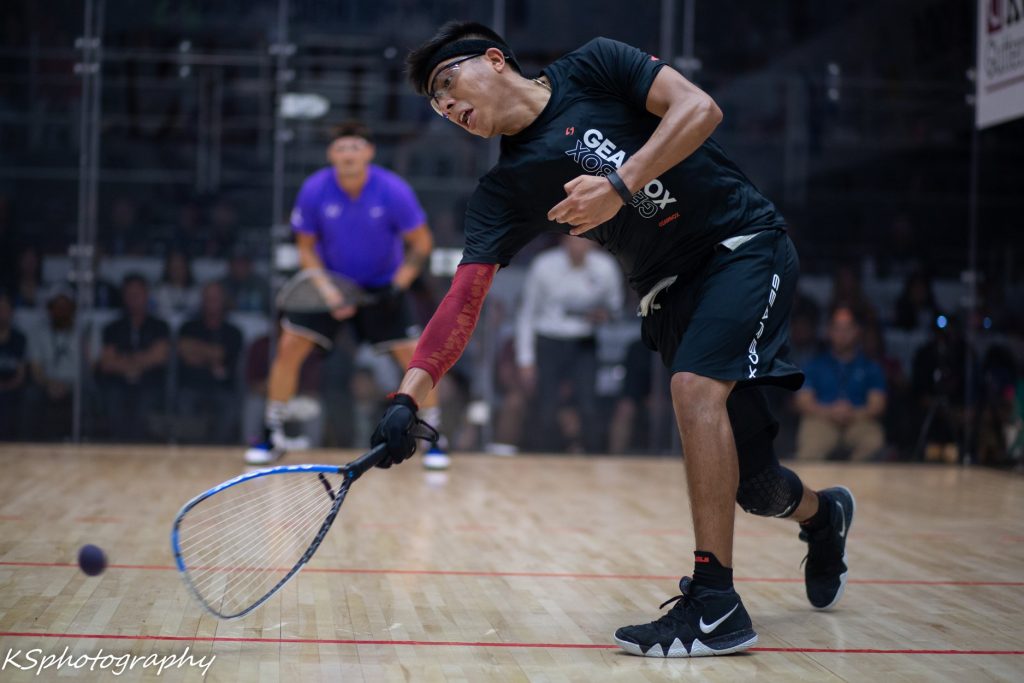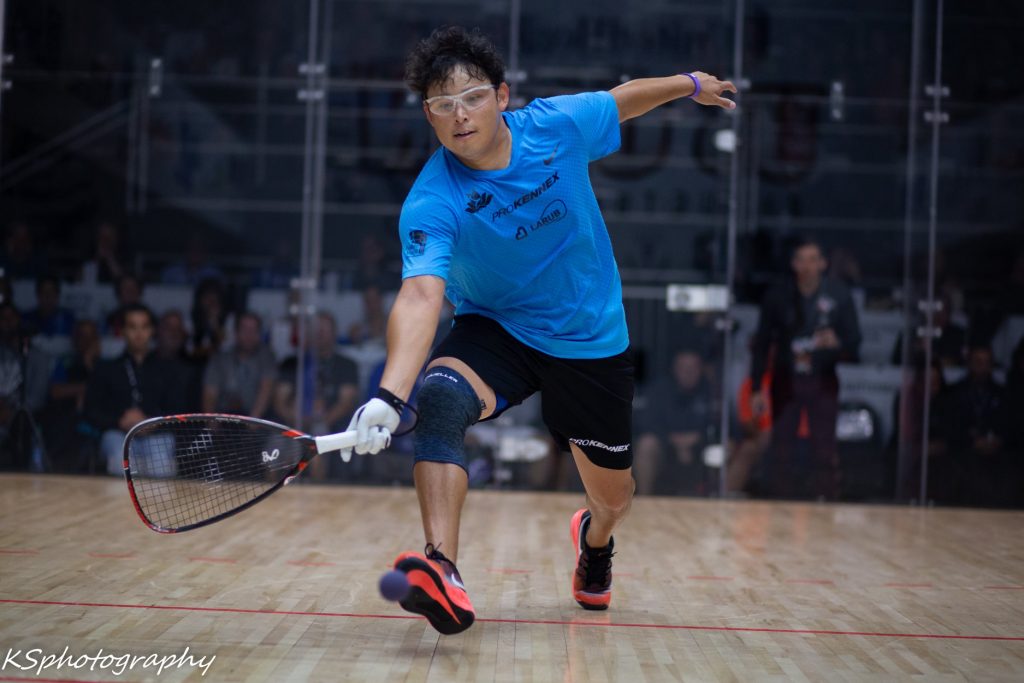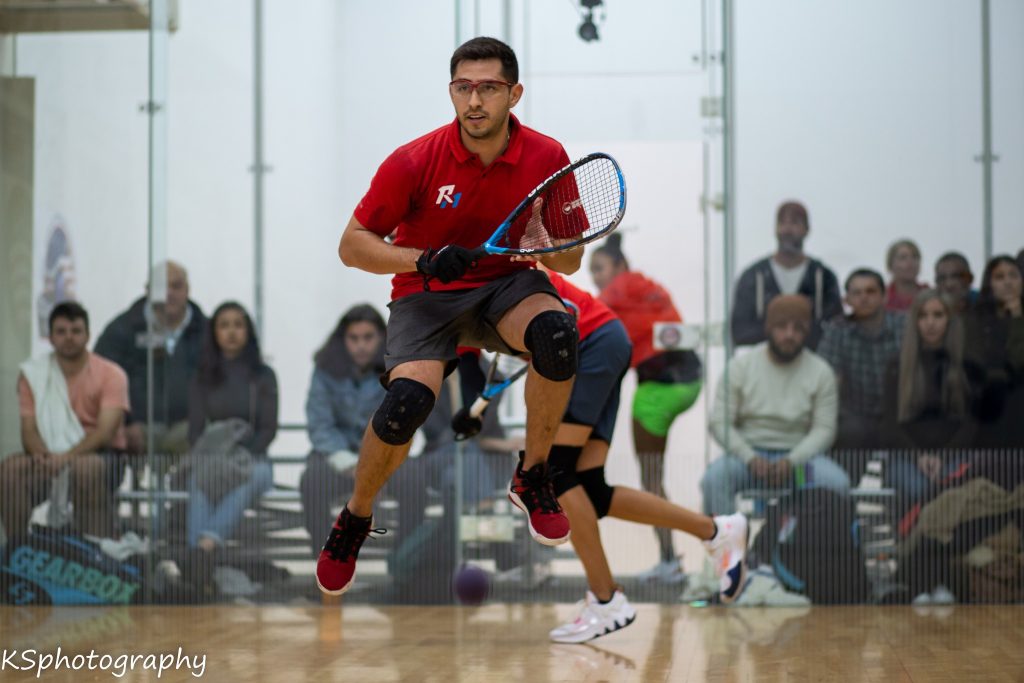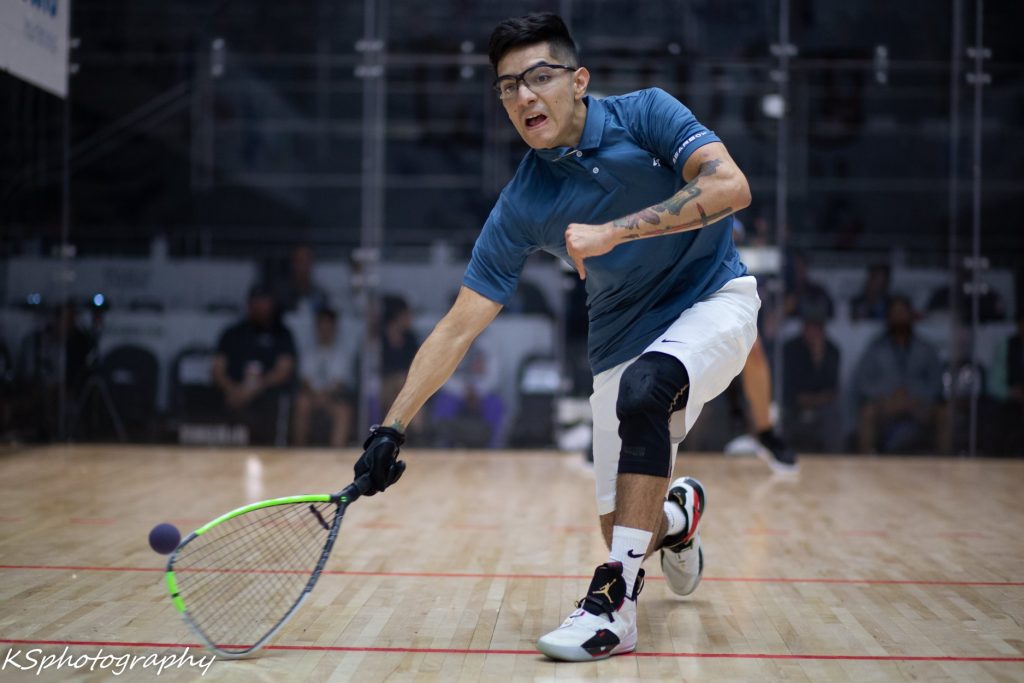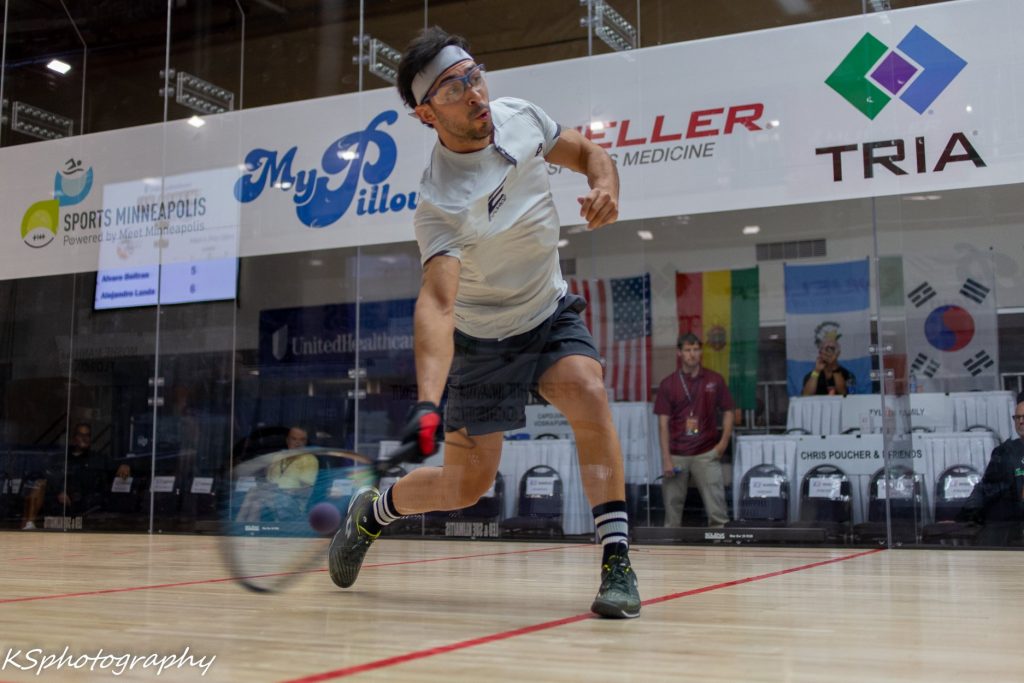
Here’s a look at notables who finished outside the top 10 this year, with some thoughts on who could be making a move in 2024.
– #11 Alejandro Landa : Landa retires from full time touring with an impressive career resume. He’s 35, but really didn’t start touring full-time until 2017. From there he ripped off four seasons in the top 3, won four events, made another four finals, and steps away with a career W/L of 158-93. He’ll make for an interesting hall of fame case some day, but for now the tour loses one of its most passionate players. For me he’s always a “what if” he had played the tour full time for his entire 20s, not just the last couple of seasons. I suspect he’d have a career more like what DLR has now in terms of total wins. Could he have won a year end title? Maybe; he has a winning career h2h over DLR (10-8 across all competitions) but would have still been in the Kane era during his own peak. Bigger question; does he play US Nationals in Arizona in February? Or is he “done” done?
– #13 Javier Mar continues to play the tour part time, around his “real job” and periodically wreak havoc on draws. This season he got wins over top 10 players like Parrilla, Landa, and Acuna to shake up draws and played Moscoso tough in a 10,12 semis loss in Austin for his best result. #13 is his career best season ending ranking, but is this as good as we can expect from Mar? He dealt with a hernia injury for a big part of the year as well, meaning he probably could have been even better. If he played the tour full time, I have no doubt he’d be in the #6-7 range. But he never has, so mid-teens seems like what to expect.
– #15 Jaime Martell had his career best showing, finishing #15 on the back of several main draws and one quarter final result. He has a niche reffing the back end of the events and has connections to IRT commissioner @Pablo Fajre from their WRT days. I could see him making more events in 2024 and pushing up a few spots in the rankings.
– #16 Erick Trujillo missed just one event in 2023 but never advanced past the round of 16, which puts his #16 rank exactly where he should be. He’s still in the 21U division, but has losses to his fellow 21u countrymen Ramos, Gastelum, and Nieto lately and didn’t qualify for Junior Worlds this year. And none of those guys are as good as the current Mexican 18U champ Jorge Gutierrez Ortiz. What’s next for him? He seems likely to stay in this general range 15-16.
– #20 Rocky Carson played in just three events this year as he stopped touring full time; he played in the two California events plus Denver. He shook up the Pleasanton draw a bit, taking out Mar and Parrilla before being downed by Montoya. He’s a sure-fire hall of famer, just waiting a couple years to become eligible. I’m guessing he’ll continue to travel to WOR events (where he gets paid) and to California-based events (where his costs are limited) for a while. I could also see him back at Nationals since its in AZ and it’s not a total one and done for him.
– #22 @Kane Waselenchuk returned to the singles court more than a year after blowing out his Achilles heel tendon, and he made an impression for sure. In Boston he waxed #6 Manilla before shocking #3 Moscoso, then ran out of gas in the semis against Jake. Then in Pleasanton different court conditions and an opportunistic Moscoso led to a (10),4,4 defeat. Kane has to be happy though about his status: he’s shown that even at 42, his pinpoint serving accuracy and remaining power can take him past most players on tour without breaking a sweat. The bigger question will be, what happens when he runs into the top 4 regularly? We had too small of a sample size this season to really know (a win over Moscoso, a loss to Jake and a loss to Moscoso). If Kane plays all the events in 2024, I have no doubt he’s finishing in the top 4, but I doubt he can consistently get past Moscoso, DLR, or Jake. But i’ve been wrong about him before, so we’ll see. 2024 prediction: #3 or #4
– #24 @Diego García . Garcia has taken over the title of, “Best player who doesn’t tour full time.” Mar had the belt for a bit, Montoya before him, then Landa for a while, then before Landa it was probably someone like Polo or Mejia. They join a group that included guys like Sweeney and Muller back in the 1990s. As for Garcia now, he beat Portillo twice this year, had a couple other wins over tour regulars when he did show, and took Montoya to a breaker in the quarters of Denver. But Garcia’s problem is money; he doesn’t have enough to travel up here to play full time. If he did, I have no doubt he’d be top 6. But as it is, we’ll see how many events he can get to.
– #25 @Sebastian Franco only played 2 events this year, and after being a mainstay at the back of the top 10 for the better part of the last 10 years seems to have made the understandable decision to focus his efforts on earning a living for his wife and two kids.
– #27 @Mario Mercado , like his fellow Maryland-resident and Colombian teammate Franco, also has stepped way back from touring after 10 years of playing. Mercado’s knee deep in @Formulaflow.
– #33 Carlos Keller Vargas continues to be a force internationally, but after peaking at #12 two seasons ago has stepped back to his prior pattern of traveling up for just one or two events a year. Meanwhile, he continues to dominate internationally, making the finals of PARC and the semis of the Pan Am games, with wins over Garcia twice, Acuna, and Murray. Hope to see more of him.
– #39 @Elias Nieto only played two IRT events, but continues to impress internationally and could push for a mid-teen ranking with enough events given his h2h record against Trujillo. Same for #42 @Diego Gastelum ; both players have big time promise and hope to see them more.
– #40 @Cole Sendry continues to get reps on tour and internationally in the 18U space, and seems like one of the best bets for the next USA player to matriculate out of juniors.
– #45 @Alvaro Beltran has had father time catch up to him w/r/t singles; he’s still out there playing doubles when he can.
– #54 Gerson Miranda is a great 21U junior from Bolivia, the latest in a long -line of Bolivian junior national champs who could make noise. But, as with many of his countrymen, lack of funding makes it hard for him to tour regularly.
– #70 Sebastian Fernandez quietly stopped touring, which is a shame given the promise he showed while hanging around the top 16.
– #72 Jordan Barth certainly had vocal supporters upon his return from pro baseball; the former dominant junior national champ played one event this year.
– Two former touring pro regulars based in Oregon Charlie Pratt and @Tony Carson
played one event in their hometown and finished tied for #100.
– LPRT #4 Erika Manilla finished at #108 after entering a satellite and going a round or two.
– Bringing up the rear of the standings: Scott McClellan , former lead ref on tour, who entered the Longhorn Open in his home town and going one-and done.
—-
That’s it for the player recaps. Next post will catch up the news from the year and then talk 2024.
–
